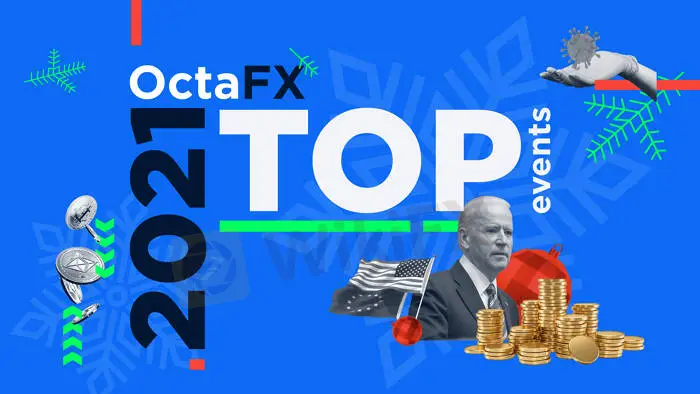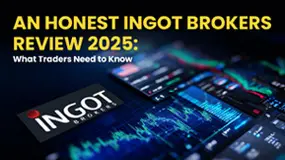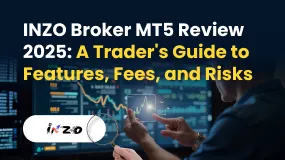简体中文
繁體中文
English
Pусский
日本語
ภาษาไทย
Tiếng Việt
Bahasa Indonesia
Español
हिन्दी
Filippiiniläinen
Français
Deutsch
Português
Türkçe
한국어
العربية
Key Milestones of the Financial Market in 2021
Abstract:With the help of its analytics team, the international Forex broker OctaFX compiled a basic rundown to deliver some of the more critical

With the help of its analytics team, the international Forex broker OctaFX compiled a basic rundown to deliver some of the more critical, vital events which it deemed especially important.
The year 2021 was packed with exciting developments and meaningful circumstances in world affairs—its economy, politics, and policies—impacting the financial sector as a whole. With the help of its analytics team, the international Forex broker OctaFX compiled a basic rundown to deliver some of the more critical, vital events which it deemed especially important.
The U.S. dollars tumultuous journey through quantitative easing (QE)
During the COVID-19 crisis, the U.S. Federal Reserve (Fed) and the European Central Bank (ECB)—the central banks that issue the worlds reserve currencies—flooded the financial markets with new money. The official reason stated was helping the suffering economy because of the pandemic.
Therefore, U.S. president Joe Biden‘s proposal of a 1.9 trillion USD stimulus package to Congress arrived on 21 January. The Republican Party was highly sceptical about this approach—some congressmen even recalled the already worrying, continual growth of the national debt (a mass total of 21.6 trillion USD at the time). It is a long-term development whose lack of resolution as of yet does not shake the market’s firm belief in the reliability of the U.S. dollar.
Biden follows suit by signing stimulus plan
Fast forward two months, the U.S. Senate (6 March) and the U.S. House of Representatives (10 March) both approved the stimulus plan before Biden signed it on 11 March as a 1.9 trillion USD economic rescue package. Far from being a bipartisan undertaking, no Republican approved the new order. Although, the document was amended, for example, the clause on raising the minimum wage was removed. New money flooding the market like this filled most market participants with a bullish sentiment.
Another 1.2 trillion USD for ‘infrastructure spending plan’
Towards the end of June 2021, expectations for a tight monetary policy were running high but then the U.S. Senate agreed on and approved a new ‘infrastructure spending plan’, totalling another 1.2 trillion USD. The reason was a sharp increase in inflation in the months prior to June.
Both institutions—the Fed and the ECB—have kept rates at zero or negative and implemented quantitative easing (QE) throughout 2021, increasing their balance sheets and buying bonds with that money. Because of this, their yields fell, which encouraged investors to put capital into companies stocks and look for other projects.

Disclaimer:
The views in this article only represent the author's personal views, and do not constitute investment advice on this platform. This platform does not guarantee the accuracy, completeness and timeliness of the information in the article, and will not be liable for any loss caused by the use of or reliance on the information in the article.
Read more

INGOT Brokers Regulation 2025: ASIC vs Offshore License - What Traders Must Know
Explore INGOT Brokers regulation in 2025: Compare their ASIC and Seychelles FSA licenses, understand trader protection levels, and learn about potential risks in this detailed guide.

INGOT Brokers Review 2025: High Risk or Hidden Gem? Expert Analysis Reveals All
Comprehensive INGOT Brokers review exploring the broker's mixed reputation in 2025. Discover the truth about regulation, trading options, and user experiences before opening an account.

Exposing The Trading Pit: Traders Blame the Broker for Unfair Withdrawal Denials & Account Blocks
Did you receive contradictory emails from The Trading Pit, with one approving payout and another rejecting it, citing trading rule violations? Did you purchase multiple trading accounts but receive a payout on only one of them? Did The Trading Pit prop firm refund you for the remaining accounts without clear reasoning? Did you face account bans despite using limited margins and keeping investment risks to a minimum? These are some raging complaints found under The Trading Pit review. We will share some of these complaints in this article. Take a look.

INZO Broker MT5 Review 2025: A Trader's Guide to Features, Fees and Risks
INZO is a foreign exchange (Forex) and Contracts for Difference (CFD) brokerage company that started working in 2021. The company is registered in Saint Vincent and the Grenadines and regulated offshore. It focuses on serving clients around the world by giving them access to popular trading platforms, especially MetaTrader 5 (MT5) and cTrader. The company offers different types of trading instruments, from currency pairs to cryptocurrencies. It aims to help both new and experienced traders. Read on to know more about it.
WikiFX Broker
Latest News
The Debt-Reduction Playbook: Can Today's Governments Learn From The Past?
Germany's "Council Of Economic Experts" Calls For Higher Inheritance Taxes, And Bows To The State
InterTrader Exposed: Traders Report Unfair Account Blocks, Profit Removal & Additional Fee for Withd
Currency Calculator



